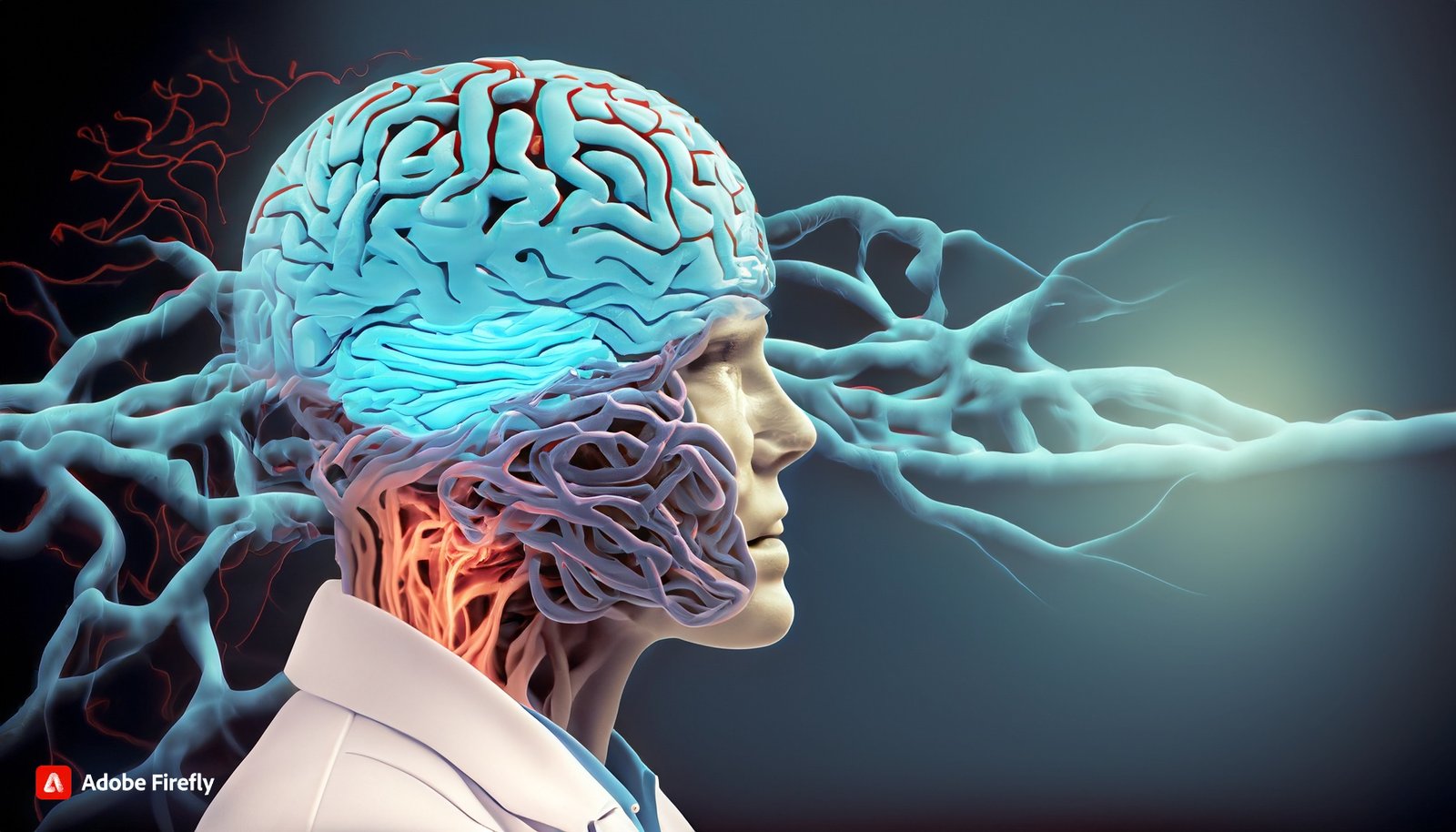In an era marked by sedentary lifestyles and poor dietary choices, lifestyle diseases have become a global epidemic. However, the power to prevent and manage these diseases lies within our grasp. This article explores the critical role of nutrition and fitness in warding off lifestyle diseases, offering practical insights, expert advice, and science-backed strategies to lead healthier lives.
Section 1: The Burden of Lifestyle Diseases
- Defining Lifestyle Diseases:
- An overview of lifestyle diseases and their common characteristics.
- The role of unhealthy behaviors in their development.
- Global Impact:
- The worldwide prevalence of lifestyle diseases and their impact on public health.
- The economic burden of treating lifestyle-related conditions.
Section 2: The Link Between Lifestyle and Disease
- Dietary Factors:
- The connection between diet and lifestyle diseases, including obesity, heart disease, and type 2 diabetes.
- The role of excess sugar, salt, and unhealthy fats in disease development.
- Physical Inactivity:
- How a sedentary lifestyle contributes to lifestyle diseases.
- The importance of regular physical activity for disease prevention.
Section 3: Nutrition for Disease Prevention
- Balanced Diet Essentials:
- Building blocks of a balanced diet, including macronutrients and micronutrients.
- The significance of portion control and mindful eating.
- Healthy Eating Patterns:
- Exploring dietary patterns like the Mediterranean diet and DASH diet for disease prevention.
- The impact of plant-based diets on health.
- Sugar and Salt Reduction:
- Strategies for reducing sugar and salt intake.
- The hidden sources of added sugars in the diet.
- The Role of Fiber:
- How dietary fiber supports digestive health and weight management.
- Foods rich in fiber and their benefits.
- Nutrition Labels and Reading Labels:
- Understanding nutrition labels and making informed food choices.
- Tips for deciphering ingredient lists.
Section 4: The Importance of Physical Activity
- Types of Exercise:
- Aerobic, strength, and flexibility exercises explained.
- Choosing the right exercise regimen for individual goals.
- Exercise and Disease Prevention:
- How physical activity reduces the risk of lifestyle diseases.
- The impact on cardiovascular health, blood sugar regulation, and weight management.
- Incorporating Exercise into Daily Life:
- Practical tips for integrating physical activity into a busy lifestyle.
- Desk exercises and strategies for staying active at work.
Section 5: Strategies for Sustainable Change
- Behavioral Change:
- The psychology of behavior change and setting achievable goals.
- Techniques for overcoming common barriers to healthy living.
- Meal Planning and Preparation:
- The benefits of meal planning for nutrition-conscious living.
- Time-saving meal prep ideas and recipes.
- Seeking Professional Guidance:
- The role of registered dietitians and personal trainers in disease prevention.
- When and how to consult with healthcare professionals.
Section 6: Beyond Nutrition and Fitness
- Stress Management:
- The impact of chronic stress on lifestyle diseases.
- Stress-reduction techniques like mindfulness, meditation, and yoga.
- Sleep and Recovery:
- The crucial role of quality sleep in disease prevention.
- Strategies for improving sleep hygiene.
- Regular Health Screenings:
- The importance of regular check-ups and screenings.
- Early detection and intervention for potential health issues.



Conclusion: Empowering a Healthier Tomorrow
Preventing lifestyle diseases isn’t just a possibility; it’s an achievable goal. By embracing a balanced diet, staying active, managing stress, and adopting healthy habits, we have the power to transform our lives and reduce the burden of lifestyle diseases. It’s time to take charge of our well-being, one nutritious meal and active step at a time






